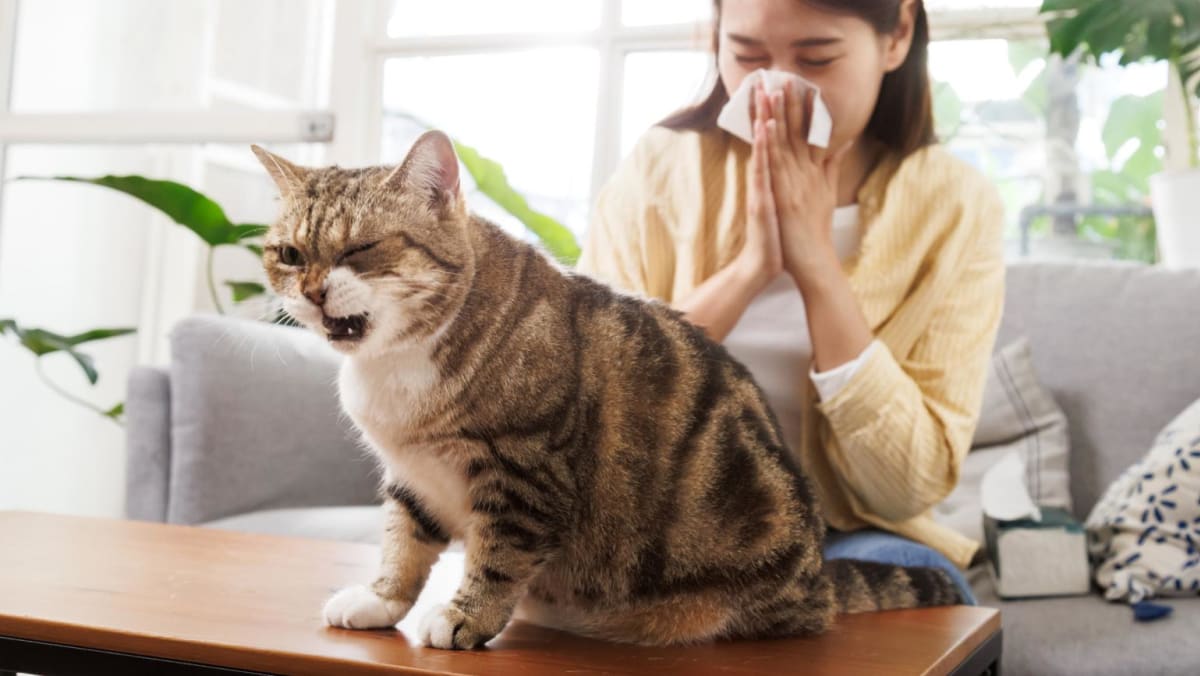Dr Lowe also agreed that there are no real hypoallergenic cat and dog breeds. “There is a perception that low-shedding breeds are hypoallergenic,” she said. “However, the primary allergens that trigger human allergies are actually found in their saliva and skin flakes, which would be present, regardless of how little fur the pet sheds. People with severe pet allergies may react even with these ‘hypoallergenic’ breeds.”
But for those with mild allergies, low-shedding breeds may help to reduce their symptoms, said Dr Lowe. “Certain cat breeds, like the Siberian, produce less Fel d 1.”
WHAT CAN PET OWNERS DO IN THEIR HOMES?
If you have mild allergies, making lifestyle changes to minimise your contact with allergens may help. For instance, having high-efficiency particulate air (HEPA) filters in your air purifier can effectively reduce pet dander and other allergens in the air, “but they are not a complete solution”, said Dr Ker. “They should be used in conjunction with other strategies such as regular cleaning and reducing pet access to certain areas.”
However, it is not a good idea to confine your pet to just one room to minimise your allergen exposure, said Dr Maguire. “The isolation will cause great stress to the animal. Wearing gloves and masks can help, but it might not be practical. It takes away the joy of spending time or cuddling with animals.”
Instead, “after petting or hugging your pet, wash your hands with soap and water”, suggested Dr Tan Wei Jie, an internist at DTAP Clinic @ Orchard. “Cleaning the house regularly with a vacuum cleaner can help to reduce allergen levels as well.”
